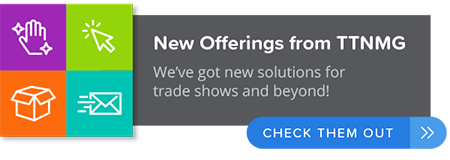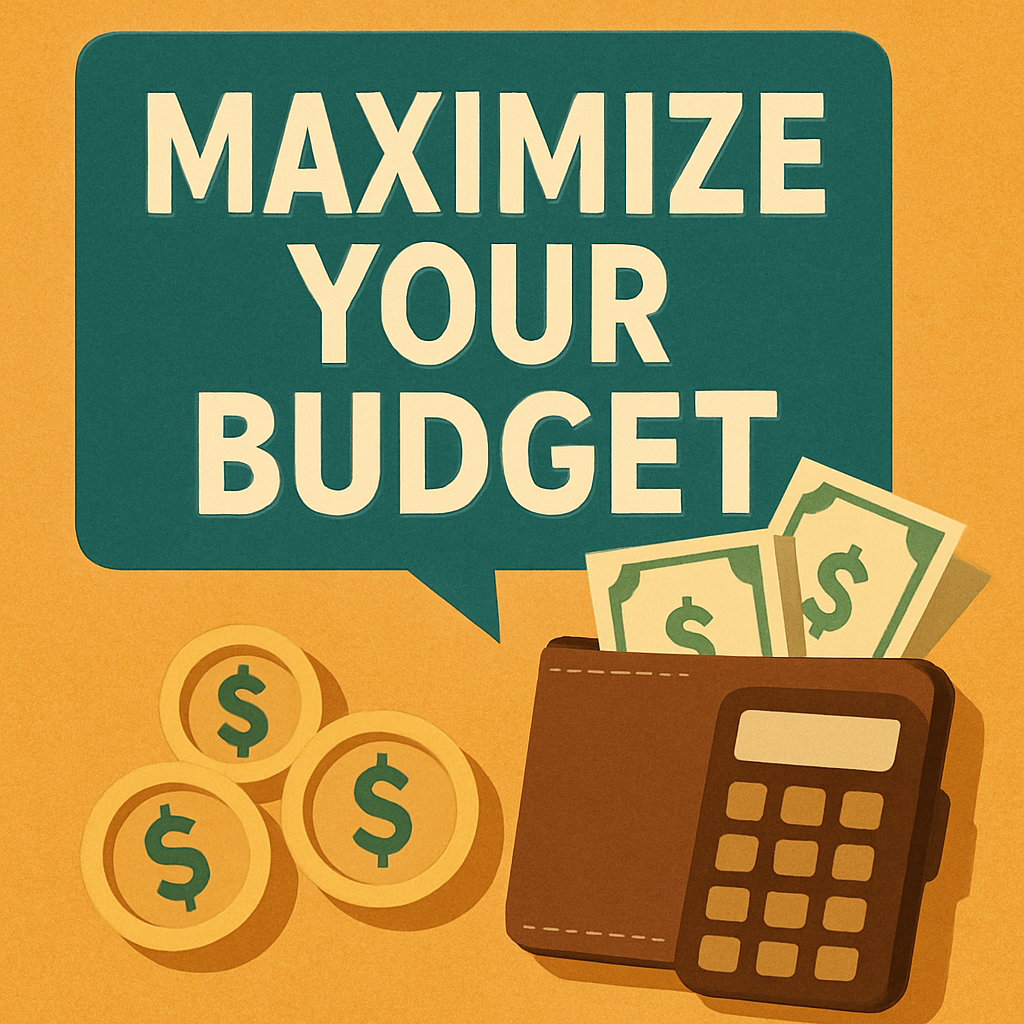COVID-19 has had a tremendous impact on every industry. While some businesses have experienced unprecedented growth— the toilet paper industry, for example— others, like fitness centers and restaurants, are struggling. All industries have been impacted by supply chain disruptions and competing for less disposable income. As a result, marketing priorities will change for the long term. Here are three of the ways marketing will change as a result of COVID-19.
Highlighting Value Becomes More Important
With millions of individuals out of work and limited funding and support options in place, many people are rethinking their finances. While the shift in spending
habits and movement toward prudent money management is a positive experience in adverse times, it presents more challenges for marketers. To adapt to this mindset shift, marketers will have to improve their ability to showcase the value of their offerings. Highlighting features isn't enough; consumers want to see tangible benefits.
The traditional psychological tricks like timed offers and upsells don't have the same impact as before COVID-19. Marketers are being tasked with showcasing what a product offers on a deeper level and making every dollar count. The marketing priority must shift to reframing language and being held accountable for marketing claims to make this work.
Focusing on Retention and Loyalty
COVID-19 is forcing a shift in targeting efforts. Rather than focusing on conversions and new customer acquisition, many marketers are revisiting retention and loyalty. There are numerous drivers to this change in marketing procedures. The first is a reduction in marketing spend. As many businesses are forced to pivot financially, marketing spend is often the first of many cuts in expenses. As such, the more complex and targeted conversion campaigns are no longer viable.
Secondly, interrupted services and reduced disposable income make it more challenging to push products and services for most industries. For those industries that aren't thriving during the pandemic, this means considering how to keep customers along for the ride. Marketers are using hyper-segmentation and engagement-boosting campaigns to keep customers engaged with minimal sales pressure. When including an offering in a marketing campaign, they're shifting toward a passive approach. In essence, including a subtle link and call-to-action as an afterthought, rather than the focus of the content.
Customers will continue to be hypersensitive to businesses trying to capitalize on the pandemic and pressuring them to spend money they don't have. That impression will last long after COVID-19 has passed. Businesses that started the pandemic with a strong sales push can still course-correct their marketing efforts now. By shifting to a giving mindset and meeting customers where they are, marketers can stand out against the competition going forward.
Redefining Goals and Price Points
Pricing is one of the core components of an overall marketing strategy. Before COVID-19, many businesses were unwavering on their pricing strategy— high-end
brands especially. Businesses that strove to portray themselves as luxury brands often refused to cheapen their brand image with deep discounts and sales. However, COVID-19 is forcing many businesses to rethink that strategy.
Redefining goals and price points ties into showcasing the value to the customer. Many businesses will need to adjust their overall brand strategy in the years following COVID-19 and have to revisit the "four Ps" for the first time in years: Pricing, Promotion, Placement, and Product. There are numerous approaches to adjusting price points: some businesses focus on adding value and cutting margins internally while others offer new discount options. There's no right or wrong answer; it ultimately depends on the business. Consider a sports or fitness equipment business, for example. One fitness supplier might devote time to procuring custom socks wholesale supplies to add to orders, eating the cost internally. Conversely, another fitness supplier might bulk items together for a moderate discount to drive higher sales.
Planning to Pivot After COVID-19
To succeed after COVID-19, marketers must develop a pivot plan to help the business recover lost revenue. Many companies are having to table ongoing projects for the foreseeable future, while others have discovered new opportunities to explore going forward. Regardless of the industry or size of the business, the only thing that remains the same is that everything is changing. Being able to adapt and recover in the uncertainty is what marketing is all about.
Author - Ashley Lipman @ outreachmama.com






